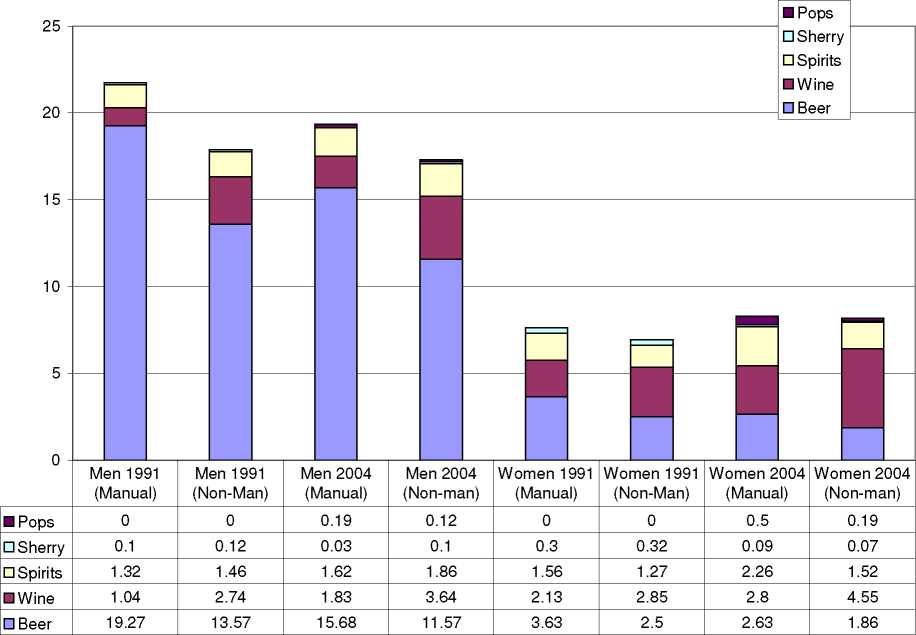Figure 4: Type of alcohol drunk by cohort, gender and manual/non-manual
employment
Type of alcohol drunk by cohort, gender and manual/non-manual employment

Drinking problems
As described above, both the 1991 sweep of the 1958 cohort study and the 2004
sweep of the 1970 cohort study included the ‘CAGE’ questions to ascertain whether
cohort members had a drinking problem. The survey instruments in 1991 and 2004
both included two sets of four questions which ask about whether the cohort member
has ever had a drinking problem and also whether they have had a drinking problem
in the last year. Table 4, below, summarises the prevalence of reported drinking
problems among men and women in the two different cohorts. It can be seen that
men are more likely to report problem drinking than women and that the 1970 cohort
are more likely to report problem drinking than the 1958 cohort.
Table 4: Drinking problems in the 1958 and the 1970 cohort
|
__________Comparison between NCDS and BCS70 drinking problems in early 30s__________ | ||||
|
Men at age 33 or _______34_______ |
Women at age 33 or _________34_________ | |||
|
Drinking problem_______________________________ |
1991 |
2004 |
1991 |
2004 |
|
Ever had a drinking problem (CAGE 2 +)________ |
6.0% |
8.5% |
2.3% |
3.8% |
|
Drinking problem in the last year (CAGE 2+) |
3.6% |
6.1% |
1.4% |
2.7% |
|
Total sample sizes______________________________ |
N=5567 |
N=4515 |
N=5750 |
N=4871 |
14
More intriguing information
1. Hemmnisse für die Vernetzungen von Wissenschaft und Wirtschaft abbauen2. Foreign Direct Investment and the Single Market
3. Does adult education at upper secondary level influence annual wage earnings?
4. PEER-REVIEWED FINAL EDITED VERSION OF ARTICLE PRIOR TO PUBLICATION
5. A Review of Kuhnian and Lakatosian “Explanations” in Economics
6. Announcement effects of convertible bond loans versus warrant-bond loans: An empirical analysis for the Dutch market
7. Estimating the Technology of Cognitive and Noncognitive Skill Formation
8. Biologically inspired distributed machine cognition: a new formal approach to hyperparallel computation
9. The name is absent
10. The name is absent